Recreating the Country blog |
|
Recommended reading on revegetation and sustainable landscape design. Recreating the Country - a blueprint for the design of sustainable landscapes> Setting the scene You’ve decided to get your weekly dose of nature and maybe achieve your 10,000 steps as well. There’s a park you’ve heard about just five minutes drive away. After parking the car you walk in through the gate and …wow! ….it’s wonderful! There are huge gum trees, flowering wattles, beautiful bushy shrubs and an enticing meandering track. You stand there motionless in awe of the timeless beauty of the bush scene that you’ve stepped into, a scene that could have been a Frederick McCubbin painting. Superb Blue Wrens twitter and fly in and out of the bushes, a Rufous Whistler calls from the canopy of the tall trees and a bluetongue lizard startles you as it scurries from a grassy tussock into a nearby hollow log. You’re surprised to discover from a sign as you walk that this natural bushland was a bare paddock just ten years before. Recreating natural bush
To recreate a beautiful area of natural bush like this, all you need is a diverse mix of plants and a short time for different habitats to develop. Add some logs and rocks on the ground and a wetland for good measure and the scene is set. After planting, the transition from paddock to woodland can be fast and dramatic. For example, eucalypts only need ten years to reach half their mature height and wattles only need five years as do most hardy native shrubs. Australian native plants can literally transform a bare paddock in five years and wildlife start moving back. You’ve probably heard it said ‘build it and they will come’, well it’s equally true to say ‘plant it and they will come, in flocks’. Mimicking nature is the key to recreating a biodiverse sustainable natural park. If we use nature as our guide, all the ingredients will be built in for wildlife to thrive. Wildlife are essential for a sustainable biodiverse system because of the ecological services they provide like pollination, insect control and fertilisation. A well designed system will become self-perpetuating as plant/insect/animal interdependencies establish.
7 Comments
|
Click on the image below to discover 'Recreating the Country' the book.
Stephen Murphy is an author, an ecologist and a nurseryman. He has been a designer of natural landscapes for over 30 years. He loves the bush, supports Landcare and is a volunteer helping to conserve local reserves.
He continues to write about ecology, natural history and sustainable biorich landscape design. 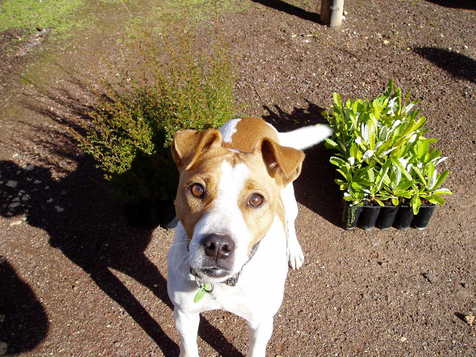
|
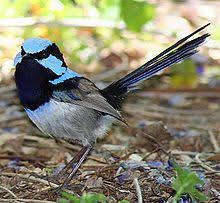
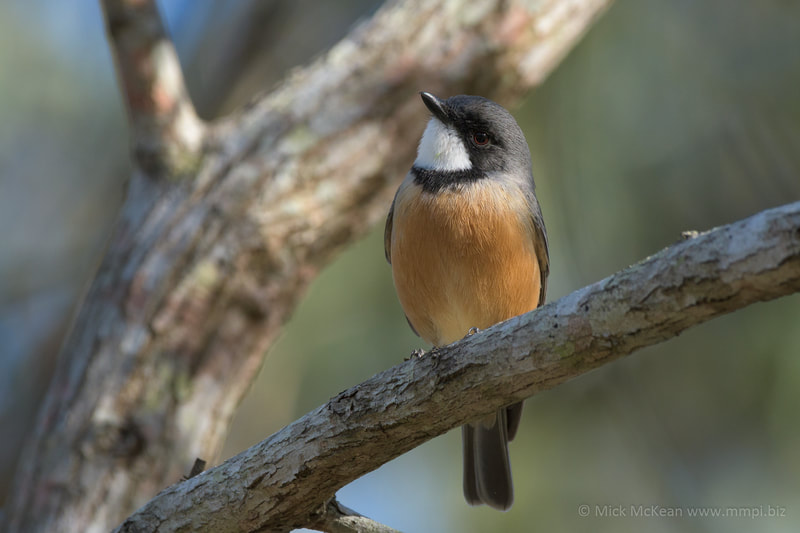
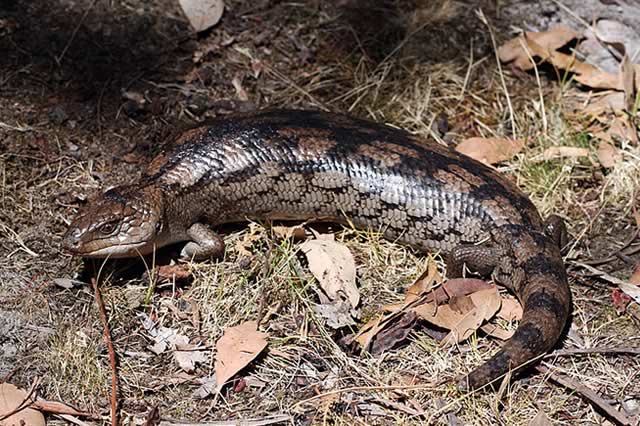
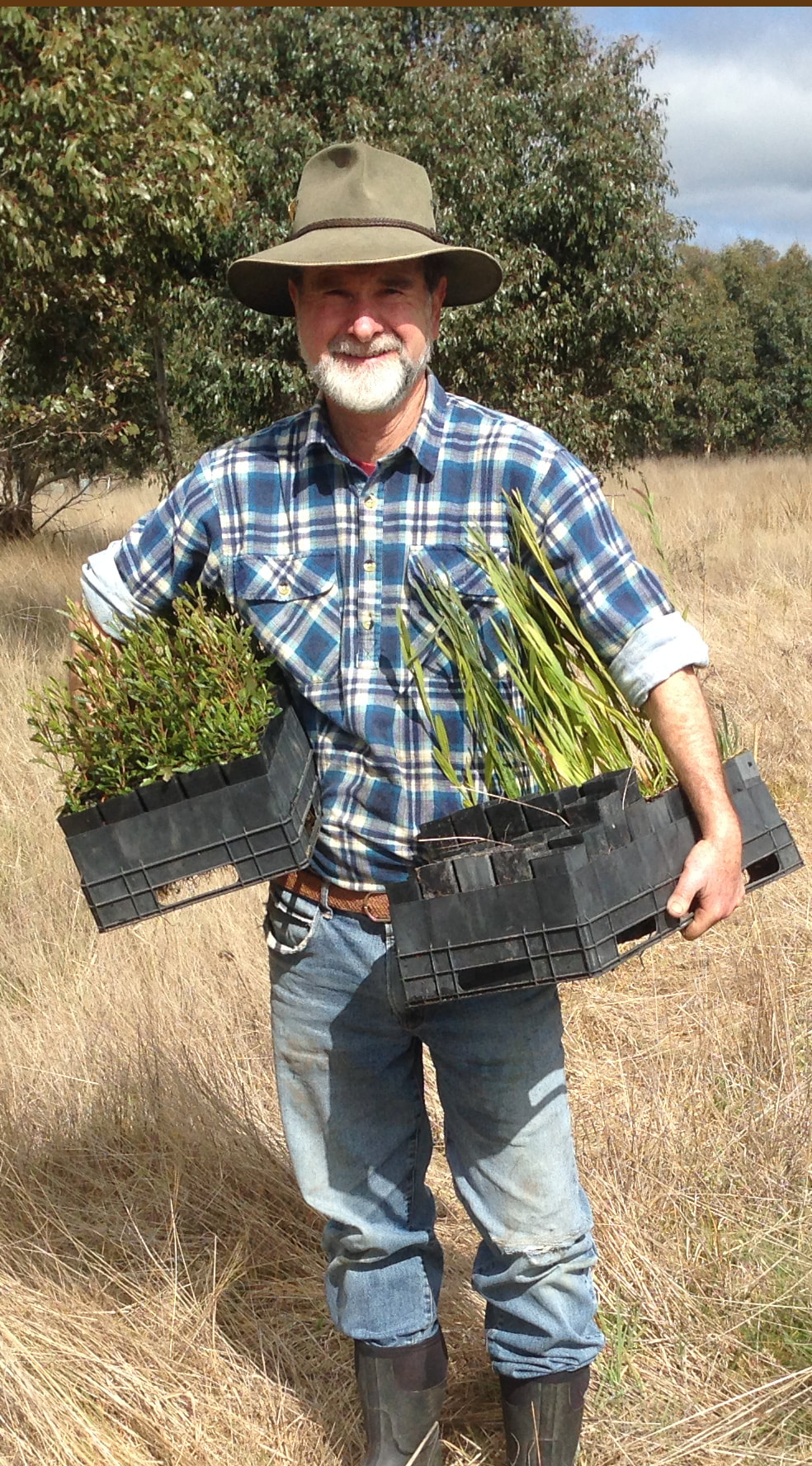

 RSS Feed
RSS Feed
